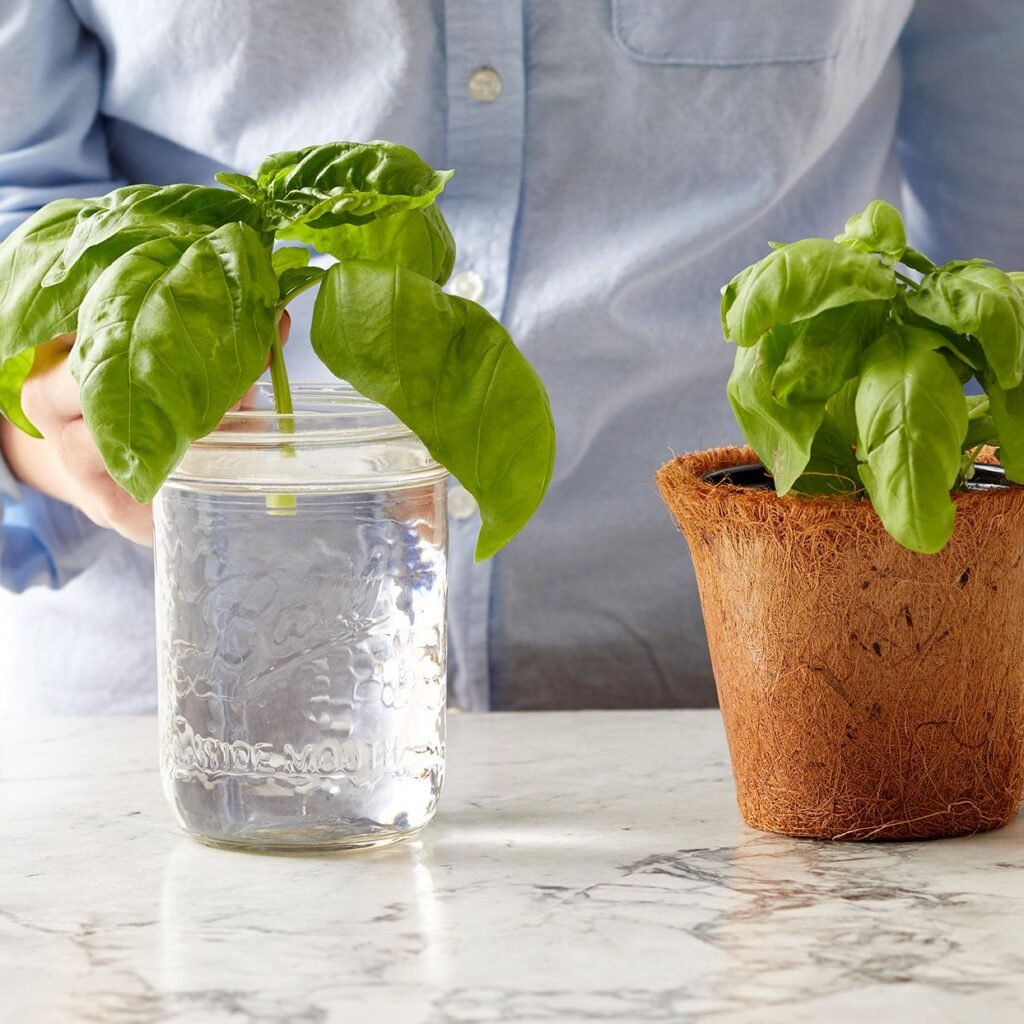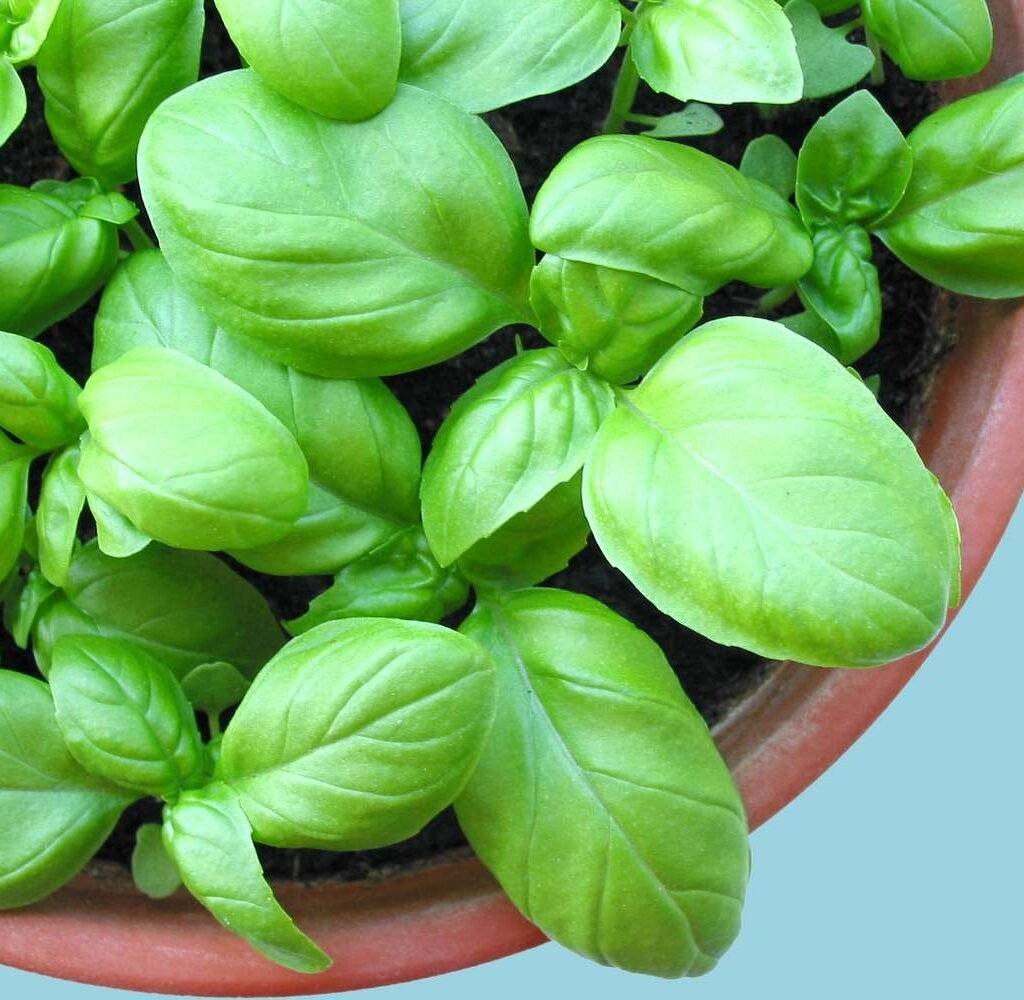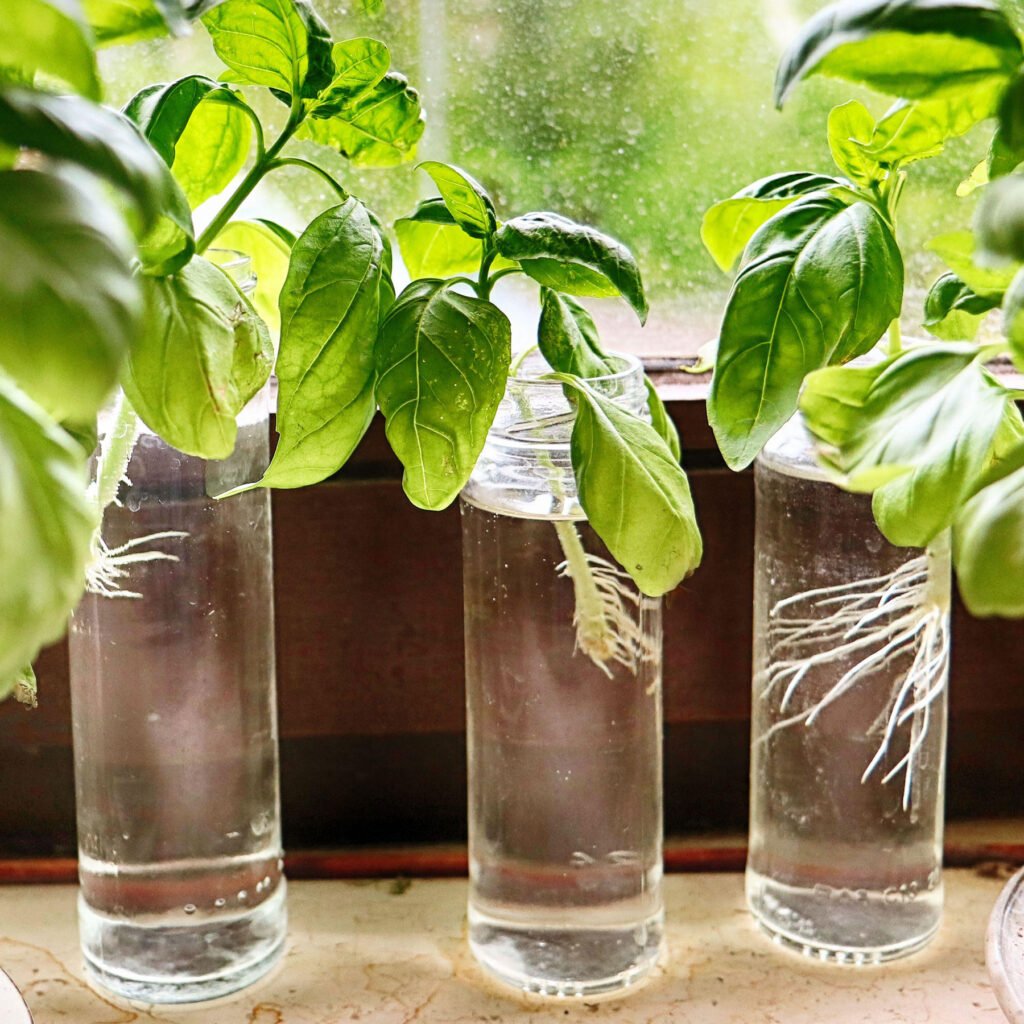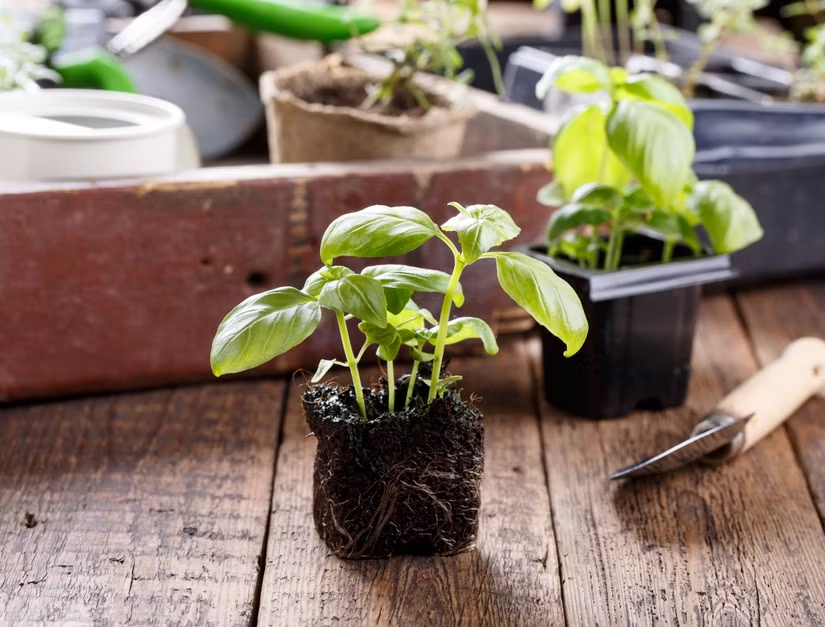Basil (Ocimum basilicum) is one of the most popular and versatile culinary herbs worldwide. Known for its aromatic leaves and distinctive flavor, basil is widely used in Italian, Mediterranean, and Southeast Asian cuisine. Beyond its culinary uses, basil also has medicinal properties, including anti-inflammatory, antioxidant, and antimicrobial benefits. Growing basil indoors allows home gardeners to enjoy fresh, vibrant leaves year-round, regardless of outdoor conditions.
This article provides a comprehensive guide on how to grow basil indoors in five simple steps, making it easy even for beginners to cultivate this fragrant herb successfully.
Step 1: Choosing the Right Basil Variety

The first step in growing basil indoors is selecting the appropriate variety. There are dozens of basil cultivars, each with unique flavors, aromas, and growth habits.
- Sweet Basil: The most common variety, ideal for Italian dishes, pesto, and salads. It has large, tender leaves with a mild, sweet aroma.
- Genovese Basil: A favorite for authentic pesto, it produces long, dark green leaves with robust flavor.
- Thai Basil: Often used in Southeast Asian cuisine, it has a slightly spicy flavor and purple stems.
- Lemon Basil: Has a citrusy aroma, perfect for teas, seafood, and desserts.
- Purple Basil: Offers striking deep purple leaves, adding both flavor and visual appeal to dishes.
When selecting basil for indoor gardening, consider the plant’s size and growth habit. Compact varieties are better suited for small indoor spaces. Starting with seeds or young seedlings from a nursery ensures healthy growth.
Step 2: Preparing the Right Growing Environment

Basil requires the right environment to thrive indoors. Since it is naturally a sun-loving plant, recreating optimal light, temperature, and humidity conditions is essential.
- Containers:
- Use pots with drainage holes to prevent waterlogging.
- Select pots that are at least 6–8 inches deep to accommodate root growth.
- Soil:
- Use lightweight, well-draining potting mix.
- Add organic compost or worm castings to enrich the soil naturally.
- Light Requirements:
- Basil needs 6–8 hours of bright light daily.
- Place pots near a south-facing window or supplement with full-spectrum LED grow lights.
- Temperature and Humidity:
- Ideal temperature ranges from 70–80°F (21–27°C).
- Avoid placing plants near cold drafts, air conditioners, or heaters.
- Maintain moderate humidity levels; a small humidity tray or occasional misting can help.
Providing the right environment ensures robust growth and healthy foliage. Indoor basil plants can thrive as long as their basic sunlight, soil, and temperature needs are met.
Step 3: Planting Basil Indoors

Whether you are starting from seeds or seedlings, proper planting techniques are key to a successful indoor basil crop.
- Starting from Seeds:
- Sow seeds ¼ inch deep in seed-starting trays or small pots filled with moistened potting mix.
- Keep the soil consistently moist but not waterlogged.
- Seeds usually germinate in 5–10 days under optimal warmth (70–75°F).
- Starting from Seedlings:
- If using nursery seedlings, gently remove the plant from its container and loosen the roots.
- Plant in a pot filled with nutrient-rich potting mix, covering the roots fully.
- Spacing:
- For multiple plants in the same pot, maintain 4–6 inches of space between each plant to ensure proper air circulation.
- Initial Watering:
- Water immediately after planting to settle the soil around the roots.
- Avoid overwatering, which can lead to root rot.
Correct planting ensures strong root establishment, which is crucial for the plant’s long-term growth and productivity.
Step 4: Caring for Indoor Basil

Basil requires consistent care to flourish indoors. Proper watering, feeding, pruning, and pest control are essential for healthy plants.
- Watering:
- Water basil when the top inch of soil feels dry.
- Use room-temperature water to avoid shocking the roots.
- Ensure proper drainage to prevent waterlogging.
- Fertilization:
- Apply organic liquid fertilizers or diluted compost tea every 2–3 weeks.
- Avoid chemical fertilizers to maintain organic growth and prevent leaf burn.
- Pruning and Harvesting:
- Regularly pinch off the top sets of leaves to encourage bushier growth.
- Remove flowers as soon as they appear to prevent the plant from going to seed.
- Harvest leaves selectively, starting with the largest leaves at the top.
- Pest Management:
- Check regularly for common pests such as aphids, spider mites, and whiteflies.
- Use neem oil, insecticidal soap, or natural predators like ladybugs for organic pest control.
- Air Circulation:
- Ensure adequate airflow around the plants to prevent fungal diseases like powdery mildew.
Consistent care keeps basil healthy, productive, and aromatic, providing a steady supply of fresh leaves.
Step 5: Harvesting and Using Basil

Proper harvesting techniques not only provide fresh herbs but also encourage continued growth.
- Timing:
- Begin harvesting when the plant has at least 6–8 leaves.
- Regular harvesting encourages bushier plants and prevents flowering.
- Harvesting Technique:
- Use scissors or pinch off leaves just above a leaf node.
- Avoid removing more than one-third of the plant at a time to prevent stress.
- Post-Harvest Care:
- Store harvested leaves in a sealed container in the refrigerator for short-term use.
- For long-term preservation, consider drying or freezing leaves.
- Culinary Uses:
- Fresh leaves can be used in salads, sandwiches, pasta, sauces, and teas.
- Basil’s aromatic oils are best preserved when added at the end of cooking.
Harvesting with care ensures continuous growth and a steady supply of flavorful, aromatic leaves.
Additional Tips for Successful Indoor Basil Gardening
- Rotate Plants: Turn pots periodically to ensure all sides receive adequate light.
- Companion Plants: Grow basil near other herbs like oregano or thyme to enhance growth and repel pests.
- Propagation: Basil can be propagated via stem cuttings, providing a continuous supply of plants.
- Monitor Plant Health: Yellowing leaves or weak stems may indicate nutrient deficiencies or overwatering.
Implementing these tips maximizes indoor basil productivity and enhances the overall indoor garden experience.
Benefits of Growing Basil Indoors
Growing basil indoors offers several advantages:
- Year-Round Fresh Supply: Basil is available even in winter or adverse outdoor conditions.
- Chemical-Free Produce: Organic indoor cultivation eliminates exposure to pesticides and synthetic fertilizers.
- Aromatic and Therapeutic: Fresh basil improves indoor air quality and offers calming aromas.
- Educational and Therapeutic: Indoor gardening can be a relaxing hobby, teaching children and adults about plant growth and sustainability.
Indoor basil cultivation combines practicality, health benefits, and sustainability in a small, manageable space.
Conclusion
Growing basil indoors is a rewarding endeavor that provides fresh, flavorful, and aromatic leaves year-round. By following these five simple steps—choosing the right variety, preparing the ideal growing environment, planting correctly, providing consistent care, and harvesting with attention—you can cultivate healthy, thriving basil plants in your home.
Indoor basil gardening not only offers culinary and medicinal benefits but also promotes sustainable practices and enhances the indoor environment. With patience, attention, and proper care, anyone can enjoy the satisfaction of growing this versatile herb indoors.
Whether you are a beginner or an experienced gardener, indoor basil cultivation is a practical, enjoyable, and highly rewarding project that elevates your home cooking and contributes to a greener lifestyle.
